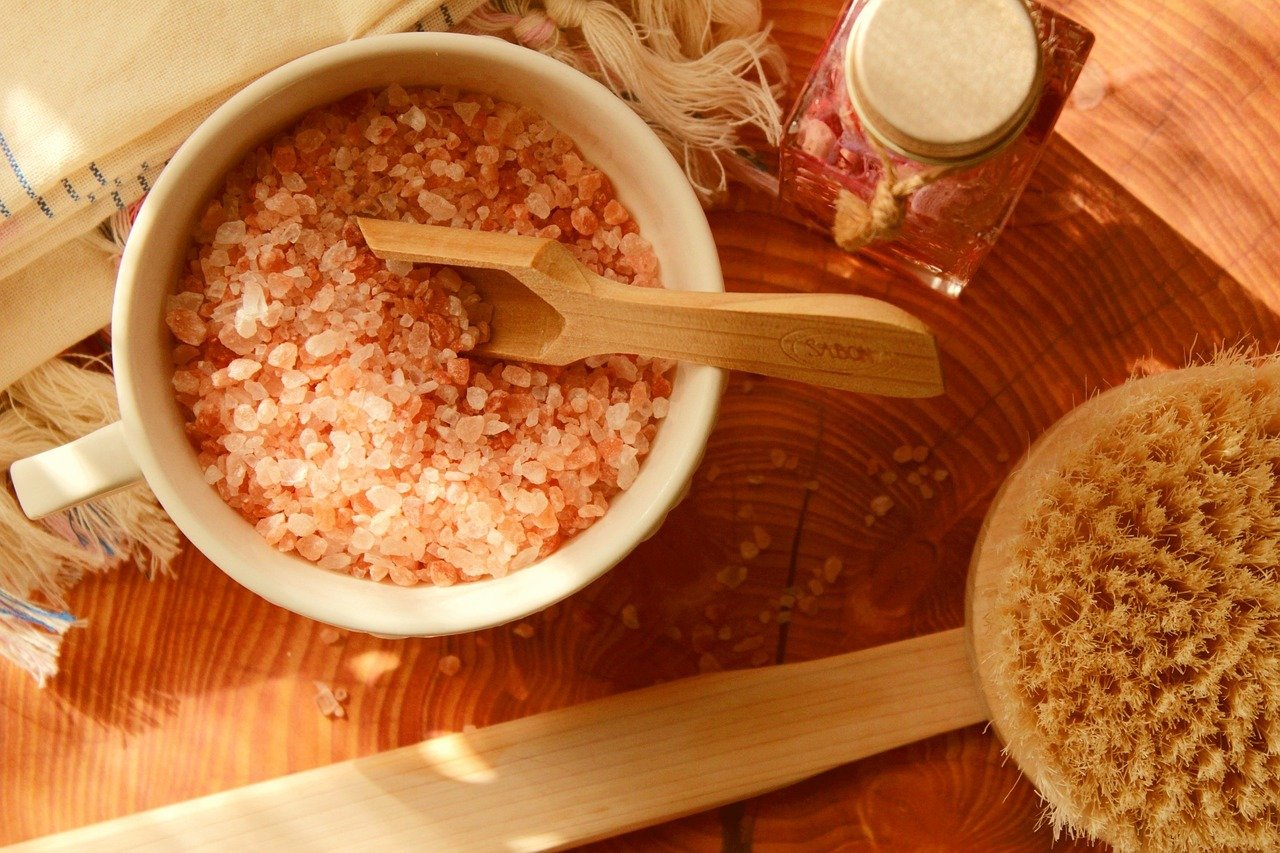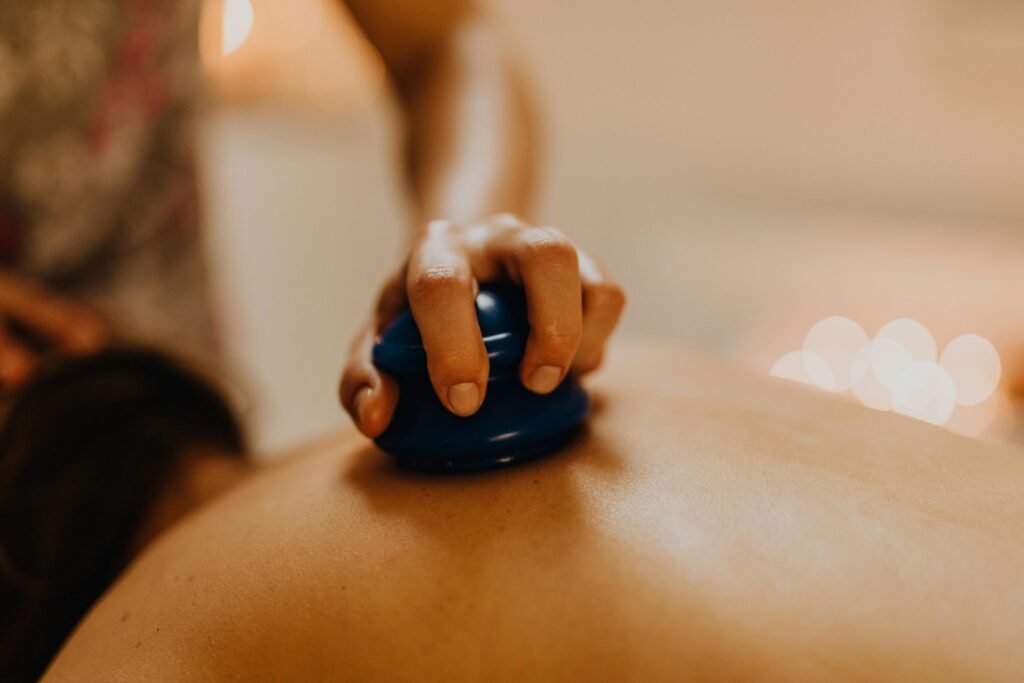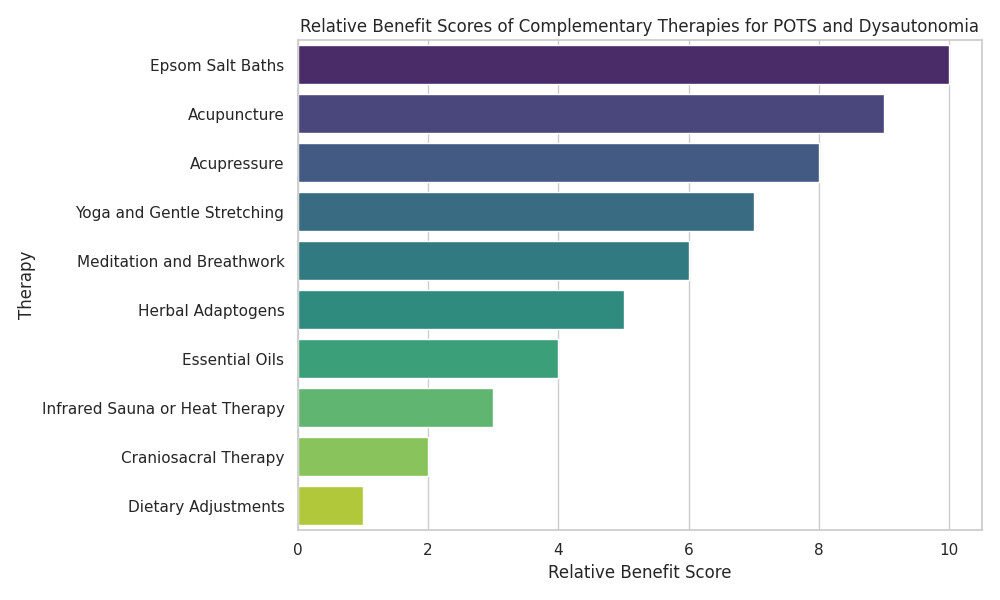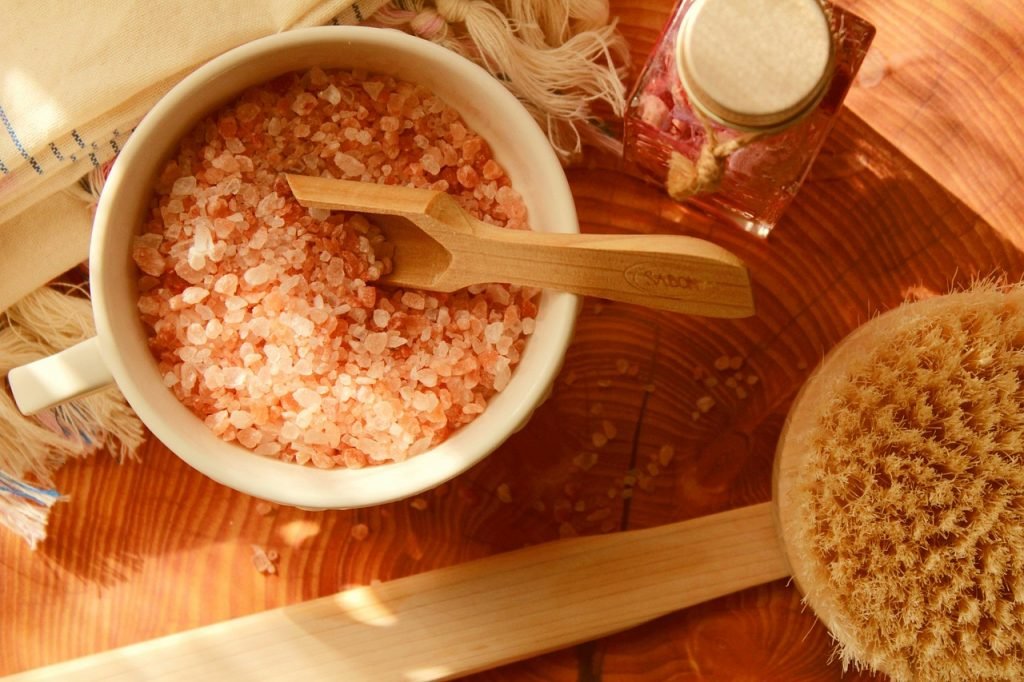Living with Postural Orthostatic Tachycardia Syndrome (POTS) and dysautonomia often means navigating a complex web of symptoms—ranging from dizziness and fatigue to brain fog and heart palpitations. While primary medical therapies are essential, many patients find additional relief through complementary treatments that support the nervous system, reduce stress, and improve circulation. These therapies may not directly alter autonomic dysfunction, but they can enhance quality of life and work synergistically with conventional care.
What Are Complementary Therapies?
Complementary therapies are non-pharmaceutical approaches that support physical and emotional well-being. Unlike primary treatments (like beta-blockers or IV saline), these methods focus on symptom relief, stress reduction, and holistic healing. They’re often used alongside medical treatments, not as replacements.
Top Complementary Therapies for POTS and Dysautonomia
🌿 Complementary Therapies for POTS: Comparison Chart
| Therapy | Key Benefits | Potential Risks / Cautions | Special Considerations |
|---|---|---|---|
| Epsom Salt Baths | Muscle relaxation, stress relief, possible magnesium absorption | Overheating, limited scientific evidence | Use warm (not hot) water; monitor for dizziness post-bath |
| Acupuncture | May improve circulation, reduce anxiety, support autonomic balance | Minor bruising, needle sensitivity | Seek licensed practitioner; effects vary by individual |
| Acupressure | Eases nausea, headaches, anxiety; non-invasive | Minimal risk | Can be self-administered; useful during flares |
| Yoga & Gentle Stretching | Enhances circulation, vagal tone, stress reduction | Overexertion, orthostatic symptoms | Focus on reclined/seated poses; avoid fast transitions |
| Meditation & Breathwork | Regulates nervous system, improves HRV, reduces stress | Rare emotional discomfort during deep introspection | Start with guided sessions; consistency is key |
| Herbal Adaptogens | May support adrenal function and stress response | Drug interactions, allergic reactions | Use under medical guidance; start with low doses |
| Essential Oils | Aromatherapy for nausea, anxiety, sleep | Sensory sensitivity, skin irritation | Use diluted oils; test scents gradually |
| Infrared Sauna / Heat | Muscle relaxation, circulation boost | Heat intolerance, symptom worsening | Use cautiously; monitor hydration and temperature |
| Craniosacral Therapy | May relieve headaches, fatigue, nervous system tension | Limited evidence, cost | Choose experienced therapist; gentle and well-tolerated |
| Dietary Adjustments | Stabilizes blood sugar, reduces inflammation, supports energy | Nutritional deficiencies if poorly planned | Consider low-histamine, gluten-free, high-sodium diets |
Epsom Salt Baths
Warm baths with magnesium-rich Epsom salts can ease muscle tension, reduce stress, and promote relaxation. Magnesium absorption through the skin may help with cramping and fatigue, though effects vary by individual.
What is your biggest challenge with exercising?

Acupuncture
This traditional Chinese medicine technique uses fine needles to stimulate specific points on the body. Some patients report reduced dizziness, improved sleep, and better autonomic balance. While large-scale studies are limited, anecdotal evidence is promising.

Acupressure
Similar to acupuncture but without needles, acupressure involves applying pressure to key points to relieve nausea, anxiety, and headaches. It’s easy to learn and can be self-administered during symptom flares.

Yoga and Gentle Stretching
Low-impact yoga improves circulation, enhances vagal tone, and reduces stress. Poses like legs-up-the-wall or reclined twists are especially helpful for those with orthostatic intolerance.
Meditation and Breathwork
Mindfulness practices like guided meditation and deep breathing help regulate the nervous system and reduce sympathetic overdrive. Even 10 minutes a day can improve heart rate variability and emotional resilience.
Herbal Adaptogens
Herbs like ashwagandha, rhodiola, and Siberian ginseng may support adrenal function and help the body adapt to stress. These should be used under guidance, especially if you’re on medications.
Essential Oils
Aromatherapy with oils like lavender, peppermint, or frankincense may help with nausea, anxiety, and sleep. Diffusers or topical application (with carrier oils) are common methods.
Infrared Sauna or Heat Therapy (with caution)
Some patients benefit from gentle heat exposure to relax muscles and improve circulation. However, heat can worsen symptoms for others, so this should be approached cautiously and monitored.
Craniosacral Therapy
This gentle, hands-on therapy focuses on the flow of cerebrospinal fluid and may help with headaches, fatigue, and nervous system regulation. It’s subtle but well-tolerated by many with autonomic dysfunction.
Dietary Adjustments
While not a therapy per se, adopting a low-histamine, gluten-free, or anti-inflammatory diet may reduce symptom triggers. Small, frequent meals with balanced macronutrients help stabilize blood sugar and energy levels.

How Complementary Therapies Fit Into a POTS Care Plan
These therapies are best used as adjuncts—supportive tools that enhance the effectiveness of primary treatments. They can:
- Reduce stress and anxiety
- Improve sleep quality
- Support circulation and muscle tone
- Ease digestive discomfort
- Promote emotional well-being
Always consult with a healthcare provider before starting new therapies, especially if you’re on medications or have coexisting conditions.

GnarlyTree | DIET AND EATING
Green Juice Habit for POTS | Boosting Health Through Plant-Based Nutrition
Explore the benefits of developing a green juice habit for POTS, discuss ideal ingredients, and explain how this lifestyle change can become a vital part of a nutrition strategy.
Frequently Asked Questions
Can complementary therapies replace medication?
No, they’re meant to support—not replace—primary medical treatments.
Are salt baths safe for everyone with POTS?
Generally yes, but avoid overheating; keep water warm, not hot.
Does acupuncture really help with POTS?
Some patients report benefits, especially for dizziness and anxiety, but results vary.
What herbs are safe for autonomic dysfunction?
Adaptogens like ashwagandha and rhodiola may help, but consult a provider first.
Is yoga safe for people with orthostatic intolerance?
Yes, especially reclined or seated poses that avoid sudden standing.
Can essential oils trigger symptoms?
Rarely, but strong scents may cause nausea in sensitive individuals.
How often should I meditate?
Even 10 minutes daily can help regulate the nervous system.
Are infrared saunas recommended?
Only with caution—heat can worsen symptoms for some POTS patients.
What diet helps with POTS?
High-sodium, low-refined-carb, and anti-inflammatory diets are commonly recommended.
Is craniosacral therapy evidence-based?
It’s mostly anecdotal, but many patients report symptom relief.
Final Thoughts
Complementary therapies offer a gentle, holistic way to support your journey with POTS and dysautonomia. While they aren’t substitutes for medical treatment, they can enhance your resilience, reduce symptom burden, and improve overall well-being. The key is personalization—what works for one person may not work for another. Explore, experiment, and always listen to your body.


